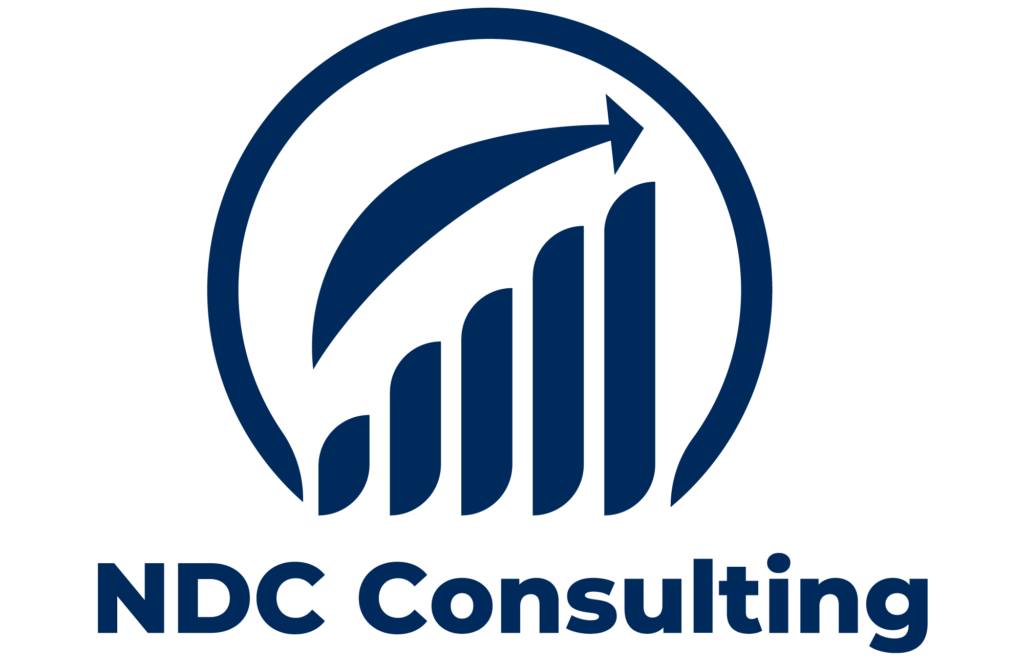
Physician credentialing is a crucial procedure in the medical field that guarantees medical professionals are qualified, skilled, and able to give patients with high-quality care. Physicians’ professional records are arranged and checked as part of the credentialing process to make sure they are qualified to practice medicine. This include confirming board certifications, hospital privileges, work history, residency, malpractice insurance, and schooling. Credentialing is used by insurance companies and healthcare institutions to reduce liability risks, guarantee patient safety, and comply with regulations.
In addition to being necessary for initial employment, physician credentialing is also necessary for gaining hospital admitting privileges or joining a medical practice. In order to verify the physician’s training and credentials, credentialing services get in touch with main sources such medical schools and licensing authorities. This procedure is essential to patient care since it guarantees that patients are treated by qualified and thoroughly screened specialists, protecting them.
Physician Credentialing: Why Is It Important?
Credentialing is essential for safeguarding patients, insurance companies, and healthcare organizations since it guarantees that all practitioners adhere to strict guidelines. In addition to lowering the risk of malpractice, it also helps to prevent fraud and ensure that medical personnel possess the clinical expertise and training required to carry out their jobs. Without the right credentials, doctors are unable to bill for services, apply for privileges, or get paid by Medicare and other payers.
In order to participate in insurance networks and file claims, providers need to be credentialed, which makes the credentialing process crucial for insurance enrollment. From schooling and residency to employment and continuing compensation, credentialing has an impact on all facets of a doctor’s career.
The Healthcare Provider Credentialing Process
Several crucial steps are included in the physician credentialing process:
- Applications for Credentialing: Doctors are required to submit thorough applications for credentialing, which contain specifics about their training, work history, privileges as medical staff, and malpractice insurance.
- Primary Source Verification: To confirm the accuracy of supplied papers, healthcare companies get in touch with academic institutions, licensing authorities, and previous employment.
- Review of Clinical expertise: To guarantee that they are qualified to carry out particular treatments, healthcare professionals must exhibit pertinent clinical abilities and expertise.
- Approval and Enrollment: After verification is finished, doctors are approved and added to payer networks so they can start invoicing for services and getting paid.
- Re-Credentialing and Continuous Monitoring: Credentialing is a continuous process. In order to reflect new training, patient care milestones, and qualifications, physicians must update their credentials on a regular basis.
Crucial Records Needed for Certification
The following documents must be submitted by physicians in order to finish the credentialing process:
- Diplomas and transcripts from medical school.
- Certifications of fellowship and residency.
- State-issued medical licensure.
Insurance verification for malpractice. - Curriculum Vitae, or current CV.
- Professional references and letters of recommendation.
evidence of hospital privileges. - Paperwork for Medicare registration and Taxpayer Identification Numbers (TINs).
These forms guarantee that a doctor’s credentials and proficiency are fully recorded and validated.
The Difficulties with Physician Credentialing
A doctor’s ability to begin practicing is frequently delayed by the many difficulties that the credentialing process might bring. Typical problems consist of:
- Incomplete or out-of-date applications for credentials.
- Missing records of employment or malfeasance.
- Not updating hospital privileges.
- Submittal errors for claims as a result of delayed credentialing.
If the credentialing process is not handled effectively, healthcare institutions may encounter delays in patient care or compensation. Many hospitals and medical practices use credentialing services or engage credentialing experts to expedite the procedure in order to avoid these problems.
Techniques to Quickly Complete Physician Credentialing
These phases should be part of your organization’s physician credentialing process to expedite the process.
- Start Early: As soon as a new doctor is hired, the credentialing process should get underway. To guarantee prompt approval, allow a minimum of 120 to 150 days.
- Employ Services for Credentialing: To handle the credentialing procedure and lessen administrative strain, collaborate with outside credentialing specialists.
- Maintain Accuracy: Verify the accuracy of all documents one last time before submitting. One of the main causes of delays is incomplete applications.
- Maintain Current Records: To prevent privilege or enrollment gaps, doctors should update their credentials on a regular basis.
- Conduct Regular Follow-Up: Stay in touch with healthcare facilities and payers to keep track of the progress of applications for credentialing.
- Use Technology: Digital platforms can automate portions of the verification process and speed credentialing processes.

